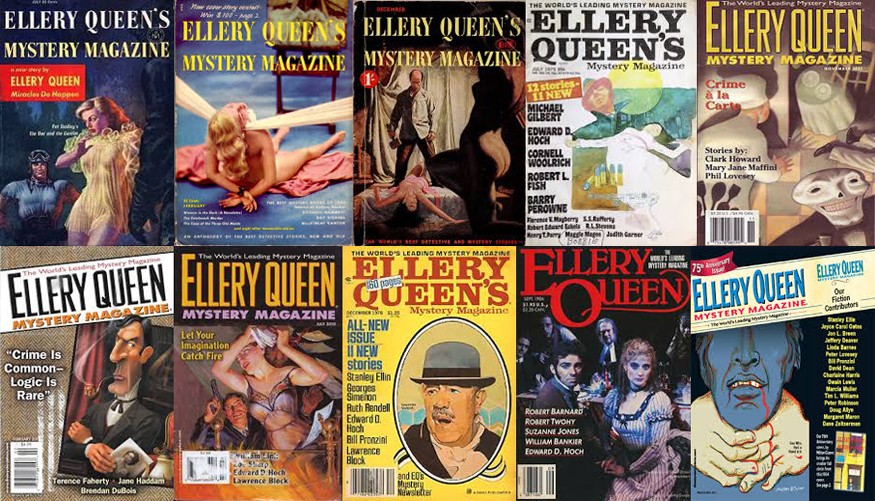 |
| Some of Michael’s many publications. |
How do short-story writers tally their literary output? By the number of acceptances? By the number of publications? Or by some other metric?
It’s easy, in the beginning:
Imma Writer is the author of three stories published or forthcoming in Anthology A and Magazines A and B.
Imma Writer is the author of more than ten stories, including stories published or forthcoming in Anthology A, Anthology B, and Magazines A, B, and C.
But, when the numbers creep into the dozens, the hundreds, and especially when they top a thousand; when acceptances and publications include reprints; and when publishers fail to send contributor copies, how does one determine one’s actual accomplishments?
Lately my bios have included some variation of “Michael Bracken is the author of several books and almost 1,300 short stories.” But what does that actually mean?
Damned if I knew. So, I took a deep dive into my short-story publication records, which immediately made me wish I had a database rather than a 111-page Word document listing all my acceptances and publications.
ACCEPTED AND PUBLISHED
As I write this on September 15, 2024, I have received 1,466 short-story acceptances.
These include 1,263 original stories and 203 reprints.
I have 1,172 confirmed short-story publications—997 original stories and 175 reprints.
FORTHCOMING AND MISSING-IN-ACTION
While I have several dozen stories—original and reprint—forthcoming in Alfred Hitchcock’s Mystery Magazine, Black Cat Mystery Magazine, Black Cat Weekly, Crimes Against Nature, Sherlock Holmes Mystery Magazine, Tough, Wish Upon a Crime, and many other anthologies and periodicals, I am uncertain of the status of a few hundred stories.
Early in my career I wrote for several publications that never provided contributor copies and regularly changed story titles, and I wrote under pseudonyms the editors sometimes changed. Finding copies of these publications and confirming actual publication is damned-near impossible. I wrote ’em, I was paid for ’em, but I have no idea if the stories were ever published and, if so, under what titles and what bylines.
(Side note: I have no idea how many stories I’ve actually written. I lost much of my early unsold work in a flood, and I didn’t try to track complete-but-unsold work until a few years ago.)
WHAT NOW?
My records would be better if every publisher automatically sent contributor copies and if, years ago, I had done a better job tracking down copies when they didn’t. While most of the missing-in-action stories would remain buried in my files even if I had copies of them, a few have reprint potential that I might be able to exploit if I could confirm their original publication.
But I can’t.
What I can do, however, is ensure that I keep good records and contributor copies of every sale going forward.
And you should, too.
RECENTLY PUBLISHED
“Black Mack” was reprinted in Crimeucopia: Let Me Tell You About….
“Beat the Clock” was reprinted in The Best Mystery Stories of the Year.
UPCOMING PRESENTATIONS
Along with John Connor and fellow SleuthSayer Barb Goffman, I will participate in “Truths, Lies, and Myths Debunked: Editors Tell All,” a panel at this Saturday’s virtual conference WriteNOW! Jay Hartman will moderate.
September 26-29, I’ll be at SleuthFest in St. Petersburg, FL, where I will lead “The Business of Writing Short: Tips, Tricks, and Techniques to Build a Sustainable Career,” a 75-minute presentation covering some of the same information I presented at ShortCon earlier this year. If you missed ShortCon, you won’t want to miss my presentation at SleuthFest.
































